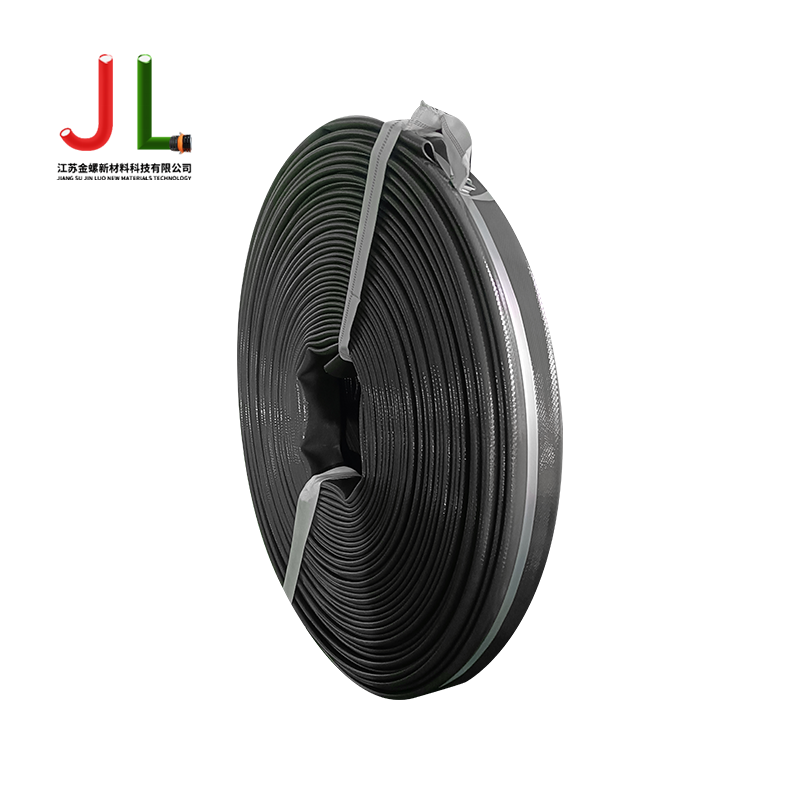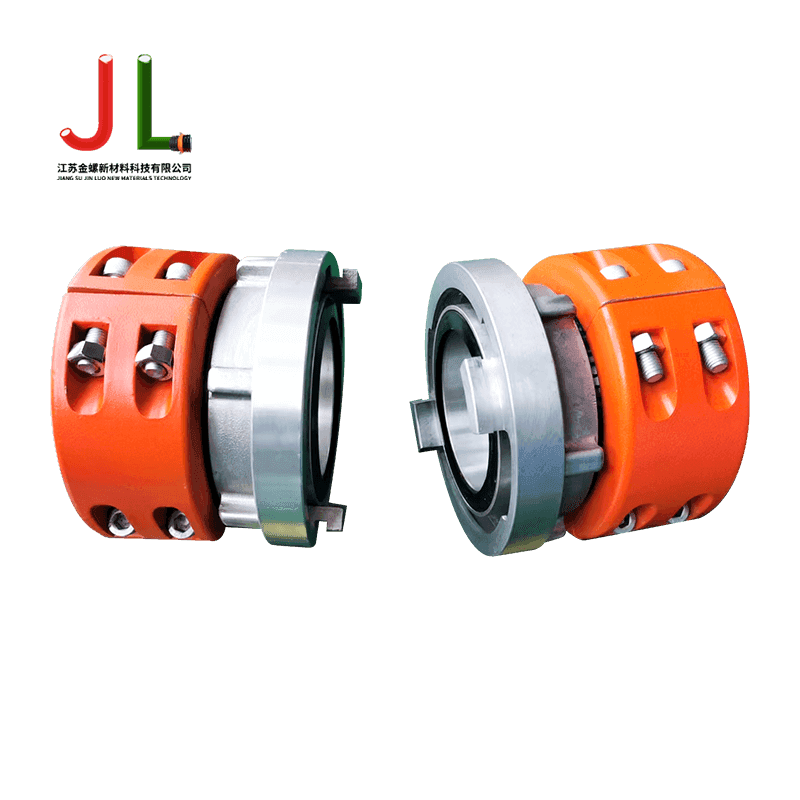Why does LDHC Flange Large Diameter Hose Coupling perform so well in high-pressure environments?
1: Reinventing High-Pressure Piping: LDHC Hose Coupling’s Strength Redefines Industrial Standards
1.1: High-Strength Metals Provide Structural Integrity Under Extreme Pressure
The LDHC Flange Large Diameter Hose Coupling utilizes specialized high-strength metal alloys engineered to withstand the rigors of high-pressure fluid transport systems. These materials prevent deformation and failure even under continuous exposure to elevated internal pressures, where traditional connectors may crack or collapse.
1.2: Structural Stability Ensures Zero Compromise in Safety and Sealing
Engineered for applications demanding absolute reliability, the connector’s robust material composition eliminates risks of sudden leakage or bursting. This ensures system-wide safety and uninterrupted fluid transmission in oil & gas, chemical processing, or high-pressure hydraulics.
1.3: Long-Term Pressure Resistance Enhances Lifecycle Durability
LDHC’s choice of high-performance metals helps the coupling resist material fatigue, corrosion, and microfractures over time. The component maintains its sealing properties throughout repeated pressurization cycles, significantly extending system longevity and minimizing the need for early replacement.
2: Adaptive Under Pressure: Ductility and Fatigue Resistance for Sustained Pipeline Performance
2.1: Advanced Ductility Counters Pressure-Driven Distortion
Unlike conventional couplings that may warp under dynamic conditions, LDHC’s high-ductility metals allow microflexibility without structural compromise. This enables the coupling to absorb and redistribute mechanical stress uniformly, preserving its shape and effectiveness even under thermal expansion or contraction.
2.2: Anti-Deformation Properties Safeguard Against Operational Failures
The coupling’s resistance to permanent deformation is critical in environments where pressure fluctuations are routine. It avoids misalignment, stress points, and internal leakage that often result from shape changes in lower-grade materials under stress.
2.3: High Fatigue Resistance Minimizes Risk of Unexpected Breakdowns
Subjected to repetitive high-pressure cycles, many connectors suffer microscopic cracking over time. LDHC couplings are specifically designed with high fatigue thresholds to prevent such deterioration. This engineering ensures they withstand years of usage without experiencing degradation in load-bearing or sealing performance.
3: Engineered for Extremes: Design Optimization Meets Material Excellence in LDHC Couplings
3.1: Precision Engineering Minimizes Stress Concentration Zones
Through finite element analysis and fluid dynamic simulations, the coupling’s geometry is carefully designed to distribute force evenly. This eliminates stress risers—localized regions of high strain—that are typical failure initiation points in traditional connectors.
3.2: Material-Design Synergy Delivers Outstanding Real-World Performance
The LDHC coupling represents a refined balance between form and function. Its high-strength alloy composition is complemented by seamless surface finishing, optimized flange interface, and tolerance-perfect machining—all contributing to sustained sealing under maximum operating loads.
3.3: Boosting System-Wide Reliability and Reducing Lifecycle Costs
By preventing premature wear, leakage, and unplanned maintenance events, LDHC couplings reduce downtime and associated expenses. Their long operational lifespan and resistance to harsh conditions translate directly into improved overall pipeline performance and reduced total cost of ownership.



 English
English عربى
عربى 中文
中文












